1. Introduction
The oral cavity is one of the most crucial parts of the human body. Not only is it the entry point for food into the digestive system, but it is also closely related to our health, appearance, and social life. Good oral hygiene can prevent various dental diseases, such as cavities, gum disease, oral ulcers, and other oral conditions. These diseases, if left untreated, can affect daily life and even lead to a range of systemic health problems, including an increased risk of heart disease, diabetes, and respiratory diseases.
However, despite the vital role of oral health in overall well-being, many people fail to form good oral hygiene habits. Brushing teeth is the foundation of oral hygiene, but the correct brushing technique, frequency, and the selection of appropriate toothbrushes and toothpaste are often overlooked. This article will explore the importance of daily oral hygiene, effective cleaning methods, and how diet, lifestyle, and regular check-ups can further promote oral health.
2. The Importance of Oral Health
2.1 The Relationship Between Oral Health and Overall Health
The mouth is not just an entry point for food but also a “breeding ground” for many pathogens. Long-term poor oral hygiene can lead to bacteria multiplying in the mouth, causing tooth and gum diseases. If these diseases are not treated in time, they can lead to a series of systemic health issues.
2.1.1 Periodontal Disease and Cardiovascular Disease
There is a clear link between periodontal disease (including gingivitis and periodontitis) and cardiovascular diseases. Bacteria and inflammation in the mouth can enter the bloodstream and contribute to arteriosclerosis, heart disease, and even stroke. Therefore, maintaining good oral hygiene not only prevents gum bleeding and tooth mobility but also reduces the risk of heart disease.
2.1.2 Oral Health and Diabetes
People with diabetes tend to have a weaker immune system, making them more prone to oral health problems such as gum disease. Gingivitis and periodontitis are common in diabetics, and these conditions can make it harder to control blood sugar, creating a vicious cycle. On the other hand, controlling blood sugar also helps improve oral health.
2.1.3 Oral Health and Respiratory Diseases
Oral bacteria can also enter the lungs through the respiratory tract, leading to conditions like pneumonia and chronic obstructive pulmonary disease (COPD). This is particularly dangerous for older adults and those with weakened immune systems, as they are more vulnerable to infections caused by oral bacteria.
2.1.4 Oral Health and Pregnancy
Oral hygiene is especially important during pregnancy. Studies have shown that periodontal disease in pregnant women is associated with premature birth and low birth weight. Additionally, hormonal changes during pregnancy can exacerbate gum inflammation, making it essential for expectant mothers to maintain good oral health.
2.2 The Psychological and Social Impact of Oral Health
In addition to its physical impact, oral health directly affects our appearance and mental well-being. Good oral hygiene helps keep teeth white and healthy, freshens the breath, and boosts self-confidence. Conversely, dental problems such as yellowed teeth, bad breath, or cavities can lead to discomfort and even affect social interactions and mental health.
3. The Importance of Daily Oral Hygiene
Oral hygiene is the most basic and effective method to prevent dental diseases such as cavities and periodontal disease. The primary goal of oral hygiene is to remove plaque, food particles, and harmful bacteria from the mouth, reducing the risk of oral diseases.
3.1 Brushing: The First Step in Oral Hygiene
Brushing is the most basic and important step in daily oral hygiene. A scientifically correct brushing method can effectively clean the teeth, remove plaque, and prevent cavities and gum diseases.
3.1.1 Brushing Frequency and Time
Many people may know that brushing is essential for preventing oral diseases, but not everyone does it correctly. Experts recommend brushing at least twice a day (morning and night), with each brushing session lasting at least two minutes. Brushing for a shorter time may not adequately remove bacteria and food debris from the mouth, making it crucial to maintain the proper brushing time and frequency.
3.1.2 Brushing Techniques and Tips
Correct brushing not only helps clean the teeth but also massages the gums, promoting blood circulation. When brushing, follow these principles:
- Proper brushing sequence: Start by brushing the outer surfaces of the upper teeth, then move on to the lower teeth, followed by the inner surfaces, and finally the chewing surfaces.
- Proper angle: Hold the toothbrush at a 45-degree angle to the teeth, gently brushing the area where the teeth and gums meet.
- Brushing pressure: Avoid brushing too hard, as this can cause gum recession and wear down tooth enamel. Gently brushing the teeth effectively removes plaque without harming the gums and teeth.
3.1.3 Choosing the Right Toothbrush and Toothpaste
Selecting the right toothbrush and toothpaste is crucial for effective oral cleaning. Soft-bristled toothbrushes are gentler on the teeth and gums and can effectively clean the tooth surface without causing abrasion. Toothpaste should be chosen based on individual needs, such as fluoride toothpaste for cavity prevention, or toothpaste for sensitive teeth and whitening.
3.2 Dental Floss: Cleaning Hard-to-Reach Areas Between Teeth
Many people overlook the spaces between their teeth, but these areas are where food debris and plaque tend to accumulate. Dental floss is an effective tool for cleaning between teeth, helping prevent gingivitis, cavities, and other oral issues.
3.2.1 Using Dental Floss Correctly
When using dental floss, keep the following tips in mind:
- Gentle use: Avoid pulling too hard, as this can damage the gums.
- Proper technique: Gently insert the floss between your teeth and move it up and down to clean each space effectively.
- Change floss: Always use a clean section of floss for each gap to avoid cross-contamination.
3.3 Mouthwash: A Complementary Tool for Oral Hygiene
Mouthwash is an important supplement to daily oral cleaning. It not only helps remove bacteria from the mouth but also freshens the breath and reduces plaque formation and gingivitis. Using an antibacterial mouthwash can help lower the risk of developing cavities and gum disease.
3.3.1 How to Use Mouthwash
Mouthwash should be used after brushing your teeth. Swish the liquid in your mouth for at least 30 seconds, ensuring it comes into contact with all areas of the mouth, including between the teeth and on the tongue.
3.4 Tongue Cleaning: Maintaining Comprehensive Oral Hygiene
The surface of the tongue tends to accumulate food debris and bacteria, leading to bad breath. Therefore, tongue cleaning is an essential part of maintaining oral hygiene. You can use a tongue scraper to gently remove the buildup on the tongue, keeping your mouth fresh.
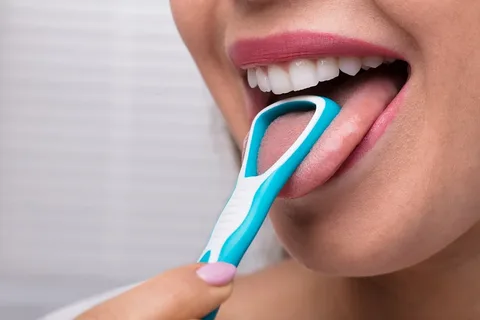
4. Oral Hygiene Tools and Methods
In addition to brushing, flossing, and mouthwash, modern technology has introduced many advanced oral hygiene tools that can help people clean their mouths more effectively and comprehensively.
4.1 Electric Toothbrush
Compared to manual toothbrushes, electric toothbrushes offer higher brushing efficiency. Studies show that electric toothbrushes are more effective at removing plaque and reducing gum bleeding. They use high-speed vibrations or rotations to clean teeth more thoroughly, especially hard-to-reach areas.
4.2 Water Flossers
Water flossers (oral irrigators) use a stream of water to help clean between teeth, making them especially useful for people with braces or periodontal disease. Their main advantage is that they do not require direct contact with the gums, making them suitable for sensitive gums.
4.3 Fluoride Treatments
Fluoride helps strengthen tooth enamel, making teeth more resistant to cavities. Many toothpastes and mouthwashes contain fluoride, but in some cases, a dentist may apply fluoride treatments or fluoride varnish to further enhance tooth protection.
5. Diet and Oral Health
In addition to oral hygiene habits, diet plays a significant role in oral health. Proper dietary habits can help keep teeth strong and reduce the risk of cavities.
5.1 Controlling Sugar Intake
Sugar is one of the main causes of cavities. Sugar provides nutrients for oral bacteria, which then produce acidic substances that erode tooth enamel. Therefore, it is important to avoid consuming sugary foods and drinks, especially after meals or before bedtime.
5.2 Eating Foods Rich in Calcium and Phosphorus
Calcium and phosphorus help strengthen tooth enamel, making teeth more resistant to decay. Dairy products, nuts, and green vegetables are excellent sources of calcium and phosphorus.
5.3 Increasing Vitamin C Intake
Vitamin C is essential for maintaining gum health. A deficiency in vitamin C can lead to gum bleeding, swelling, and other issues. Citrus fruits, strawberries, and tomatoes are rich in vitamin C.
6. Regular Dental Check-ups
Even with good oral hygiene habits, regular dental check-ups are essential. Routine check-ups can help identify dental issues early and take appropriate measures.
6.1 What Happens During a Dental Check-up?
A dentist will check for cavities, gum disease, and other oral health problems. They may also provide a professional cleaning to remove plaque and tartar, which can’t be removed by regular brushing and flossing. Regular check-ups allow dentists to assess overall oral health and offer personalized oral care recommendations.
6.2 Check-up Frequency
Generally, healthy individuals should visit the dentist at least once a year. However, individuals with existing dental problems or special conditions (such as those wearing braces or individuals with diabetes) may require more frequent visits.
7. Conclusion
Daily oral hygiene is the foundation for preventing dental diseases and maintaining oral health. Correct brushing techniques, appropriate tools, healthy dietary habits,and regular dental check-ups can effectively reduce the occurrence of cavities, gum disease, and other oral problems. Oral health impacts not only a person’s appearance and mental well-being but also overall health. It is hoped that this article can help readers develop good oral hygiene habits, maintain a healthy and beautiful smile, and enjoy a richer and more fulfilling life.

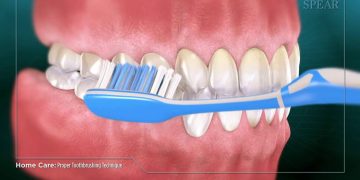
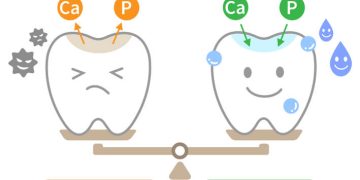
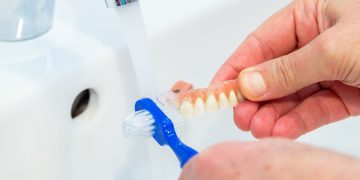

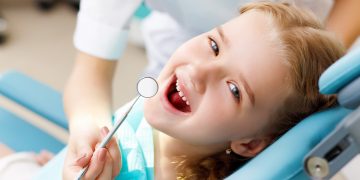


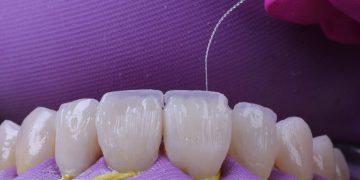
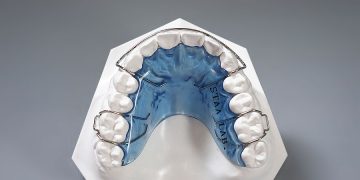

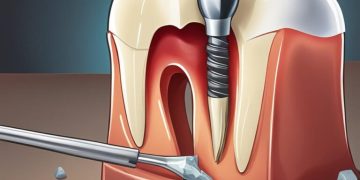



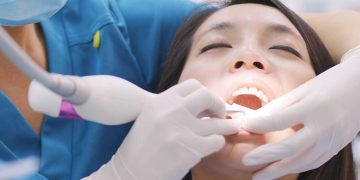

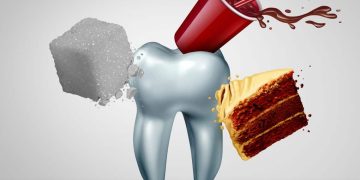







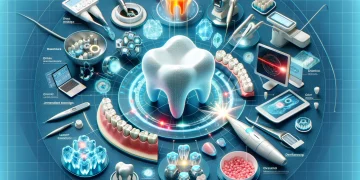



















Discussion about this post